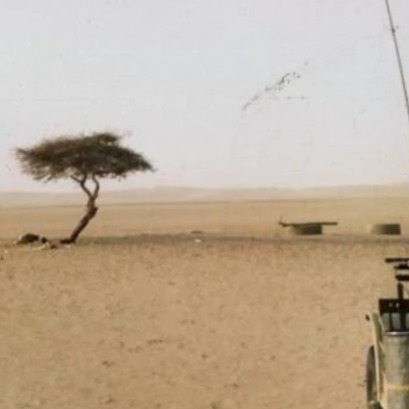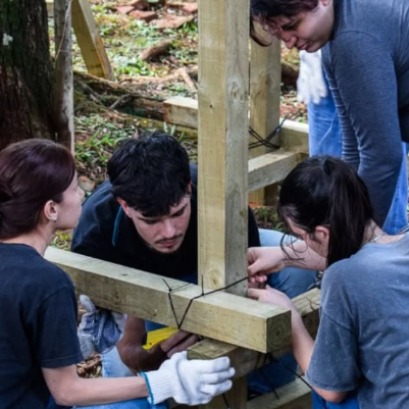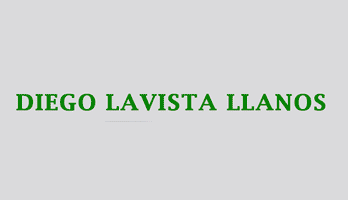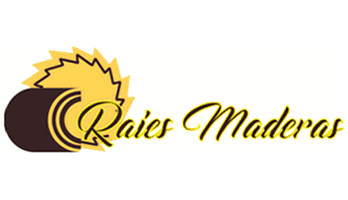
THE AUTHENTIC LASER, IN CANTISA
New range available at Cantisa: technology and design merge to get the best finish in your furniture.
Zero Line Coextruded edgebanding, is now available in our catalogue to achieve an invisible union between edgebanding and surface.
With this new product, there is no need for any intermediate glue between edgeband and board, that would create a dark visible line between the edge and the surface. Zero Line edgeband enables visual zero joints that remain unchanged by time.
This new range of authentic laser edgeband comes to empower our existing range of pre-glued laser products, that also achieves an invisible union.
Why Zero Line edgebanding?
Zero Line coextruded edgebanding can be considered as one of the most recent innovations of the edgebanding industry. The objective of this product is making the joint between the edge and the surface almost invisible for the customer. It preserves better the accumulation of dust, humidity and the dirt than the EVA glue.
We recommend a preliminary test of our product to assess the optimal result of the joint.
Gloss and matt for trendy furniture
Gloss or matt? This is a common question when starting a project. No need to worry, from now on you can achieve the best results thanks to our Zero Line coextruded edgebanding in high gloss and supermatt finishes. Both options are a major trend in interior design. From the shiny reflections of gloss surfaces to the elegant and calm supermatt.


IT MAY INTEREST YOU
 Black River | Government and institutions promote a balanced development model between production and the environment in Valles Irrigados
Black River | Government and institutions promote a balanced development model between production and the environment in Valles Irrigados
Within the framework of the impulse that the Provincial Government has been giving to forestry policy, a joint tour was carried out between the Forestry Directorate of the Ministry of Economic and Productive Development, the Provincial Department of Water (DPA), the National Institute of Agricultural Technology (INTA) and the consulting firm Lygnum.
 The only tree in the middle of the Sahara desert that was vital for commercial and military routes
The only tree in the middle of the Sahara desert that was vital for commercial and military routes
The Ténéré Tree, a solitary acacia in the Sahara desert, became for centuries a beacon of life and reference for travelers In the vast Sahara desert, where aridity and silence dominate the landscape, there was a tree that stood alone, being a beacon of life and hope for travelers.
 Architecture with identity: university students from Argentina and Paraguay design and build with missionary wood
Architecture with identity: university students from Argentina and Paraguay design and build with missionary wood
The Faculty of Art and Design (FAyD) of the National University of Misiones (UNaM) hosted the inauguration of the first edition of “Yvyvyrá: territory, matter and architecture”, an international workshop that promotes learning, experimentation and architectural design using wood and other materials typical of the biomes of the Atlantic Forest (Paranaense Forest) and the Humid Chaco.






















